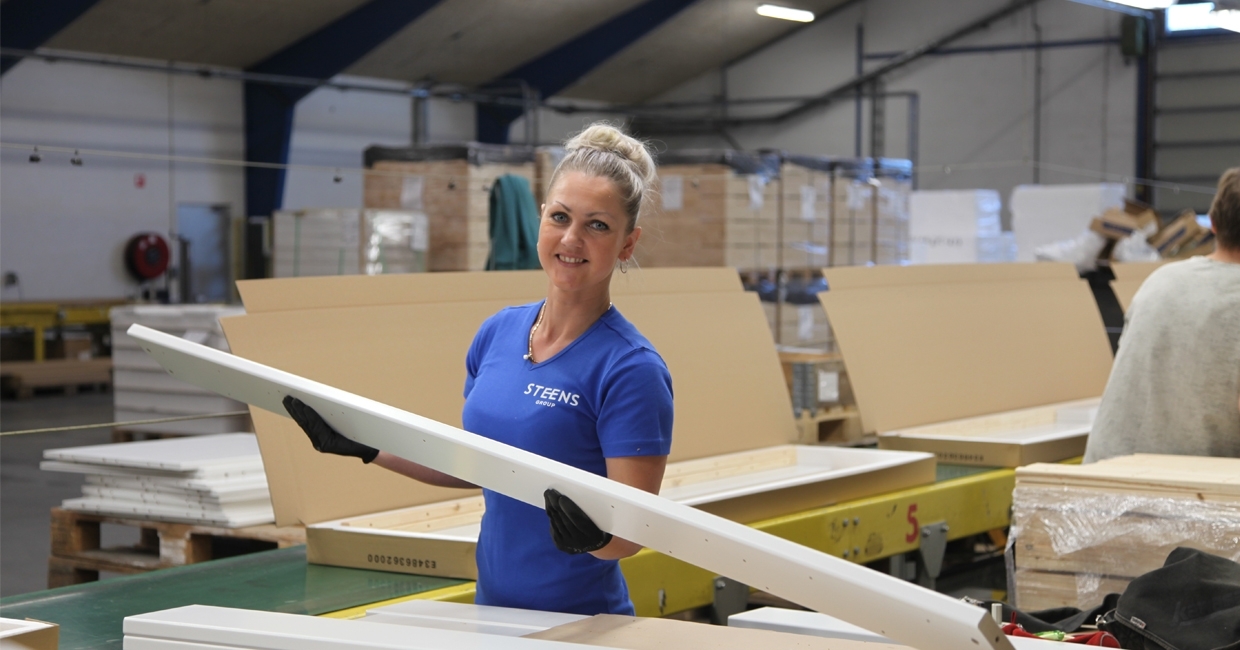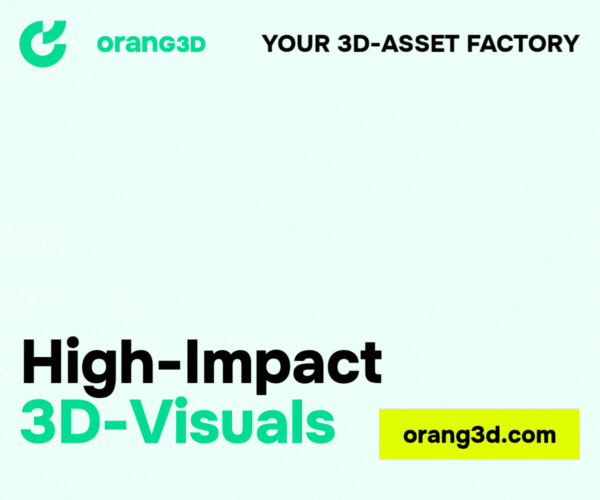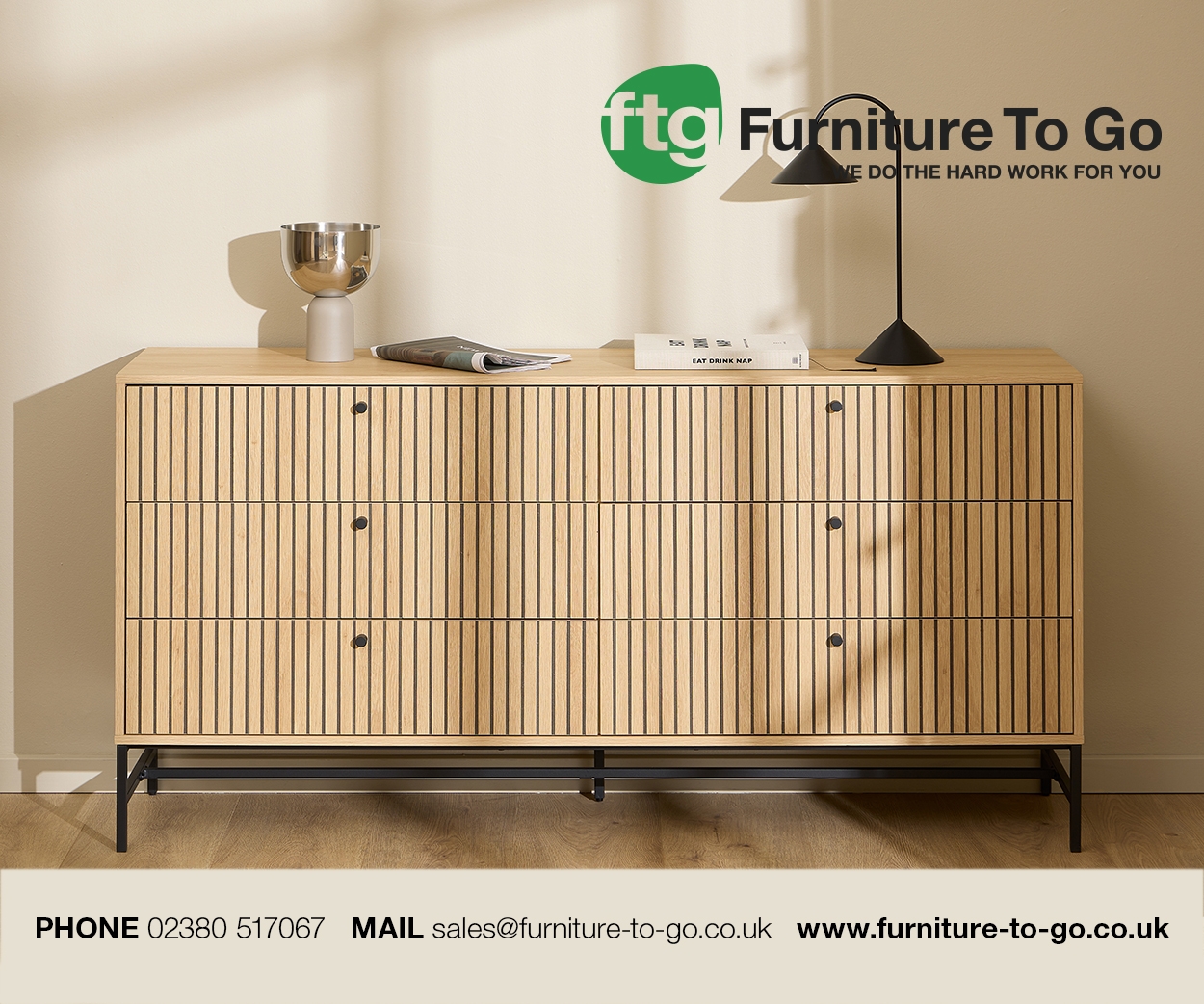Bigger doesn’t always mean better, but when it comes to achieving margins in the ultra-competitive arena of flatpack furniture, size matters. In a rare exclusive, Paul Farley goes behind the scenes at Danish manufacturing powerhouse, Steens, and discovers how attention to detail is helping it pave the way to more collaborative business opportunities …
Is the packaging secure? Are the instructions clear, and every last component present and accounted for? Anyone who has ever assembled flatpack furniture will appreciate that there are so many things which can go wrong if every single aspect isn’t just right.
Unsurprisingly, it takes incredibly sophisticated design, manufacture and fulfilment processes to succeed in this hard-fought sector. Every cog in the machine must turn perfectly – and when it does, it has the potential to deliver something that’s much greater than the sum of its parts.
Since its inception more than 50 years ago, Steens has grown to become one of Europe’s leading suppliers of solid Scandinavian pine and MDF furniture. From its gargantuan factory in Kjellerup to its dedicated UK office in Hampshire, it has been responsible for some of the nation’s best-loved ranges and notable retail success stories.
In recent years, demand from pan-European e-tailers and chains has driven Steens to refine its methods towards increasingly global business, resulting in good profit growth and an enviable order book.
Typically, anything between 3000 and 4000 boxes leave this building in Kjellerup every day, as batches of 250-plus models trundle through a snaking production line, from goods in to dispatch.
“You can only minimise prices if you’re mindful of every link in the chain,” says UK MD Alan Cozens, as he guides me through the Kjellerup facility. From the MDF and FSC-certified pine employed in Steens’ carcases to the hinges and glues which hold its cabinets together, every component is of the highest quality.
There’s a strong emphasis on recycling – with all of the wood dust created either burned to heat the factory, or made into pellets which are sold on to third parties – and a mindful eye on safety, reinforced by regular audits and a new £250,000 flash fire prevention system.
The latter is just one of the numerous investments Steens has made here in recent years to ensure it can operate as efficiently – and as profitably – as possible. Others include the purchase of a nearby gluebond factory, a robotic spray system and the addition of a second finishing line to remove a recurring production bottleneck.
Time and again, the business has demonstrated its ability to overcome hurdles which would floor lesser manufacturers. The factory’s output is currently up +25%, bolstered by these investments and countless other improvements.
Precision in every aspect of Steens’ business is essential to its success, explains CFO Preben Mosgaard, who has overseen rationalisation measures at the company since it was acquired by Viking Trading in 2012. From lean manufacturing processes and material optimisation to workflow timing and staffing, Preben has scrutinised every last detail ensuring the business can continue to deliver the quality – and margins – its customers have come to expect.
“In the first two years of restructuring alone, we doubled our efficiency,” he says. “We’re now in our second phase of continuous improvement, and we’re having to look at managing even larger volumes of stock – so we can ensure we deliver exactly when our customers need us to.”
Preben says that Steens is enjoying “steady growth”, with earnings improving YoY despite sustained pressures on margins – particularly in the UK, where, in the last 18 months alone, currency devaluations brought on by Brexit pushed prices up +15%, with material costs rising by +7%.
Yet the group continues to thrive, thanks in part to those economies of scale that are only achievable by operations of Steens’ size.
Its strengths have made Steens’ established lines a go-to supplier for countless retailers, who trust its impressive design and development capabilities, stocks, manufacturing quality and delivery services – but there’s a new emphasis emerging in the business, Alan explains, which will become clear to anyone visiting the company’s stand at imm cologne, taking place from 14-20th this month.
“Last year, our exhibition stand was, by a country mile, the best we’ve ever done – and it’s been stepped up another notch for this year’s show,” says Alan, who manages Steens’ UK office.
Although visitors will not be left wanting for new product – some 90% of the display will be less than a year old – the focus is increasingly shifting away from Steens’ new lines, and towards its capabilities as a business partner.
“Going forward, we’re more concerned with creating new customer relationships than managing lines and lines of products,” says Alan. “We want to be more manufacturing partner than supplier.”
Range director, Keld Dissing, has the challenging task of setting out the group’s product development direction, and encompassing demand from 16 countries. “We’re developing new product on a daily basis, and whilst this can be difficult to manage and prioritise, it creates an invaluable asset for both Steens and our customers,” says Keld.
“With investments in CAD/CAM technologies, we’re able to seek out and cater for this massive development activity. We have a great deal of knowledge and expertise within the business which allows us to make rapid decisions in response to new business opportunities.”
Head of UK new business development, Jason Miller, adds: “To be able to go out into the market with our product design, development and rapid prototyping capabilities is a huge asset, which has resulted in many new businesses going into partnership with us.”
Visitors to imm cologne will find newer lines such as Bris, Alba and Nola rubbing shoulders with the popular Baroque and Steens for Kids ranges – but they’ll also discover a concept prioritising collaboration over order-taking. Amongst Steens’ numerous trading territories, it’s the UK and Germany which benefit most from stock lines. From France to Sweden, its other markets are predominantly white-label prospects, and principally comprise partnerships with major chains.
“We take our independent business very seriously,” says Alan, whose UK-based division provides development and support services for retailers both independent and national. In Great Britain and Ireland, the split between general assortment (which is dominated by its ubiquitous Richmond, Baroque and Steens for Kids collections) and white label business is roughly 50/50, challenging to deliver benefits in the interest of both whenever possible.
“Not only are we focused on product support,” he continues, “but in recent years we have added a UK-held option for most of our ranges, at our parcel home delivery partner, allowing for next-day doorstep delivery. This is a major investment, but it’s proving hugely successful with smaller and larger customers alike.
“In fact, this is a unique proposition – we are the only European flatpack manufacturer combining both stock and home delivery, direct from the factory. Our UK team, based near Southampton and headed by Jan Tomaszweski, has over 70 years of combined knowledge and understanding of the UK furniture market, making it a huge and valuable asset.”
Yet, thanks to its growth in Europe – and further afield, in countries including China and South Korea – it’s the latter approach which is likely to define the company’s future.
As a global entity, one of Steens’ greatest strengths is developing exclusive lines for partners in specific countries, while keeping an eye on the potential for wider distribution at the same time.
“We’re not a static business,” says Alan. “Together with our partners, we’re trying to create ranges that not only satisfy their immediate needs, but also resonate with a global market.”
For example, Steens’ shabby chic Baroque bedroom range was originally developed in close partnership with a French chain, for exclusive distribution in its stores in France. Early on in that process, Alan identified that Baroque might have more universal appeal, so his team set about tweaking it for distribution to the UK market.
“We sometimes need to curate a range a bit to make it more palatable to a market’s tastes,” says Alan, who admits that, in a perfect world, each design would effortlessly transcend national borders, as Steens for Kids seems to.
“In Baroque’s case, the French don’t tend to have wardrobes, so we had to make one – but otherwise the translation was straightforward.”
Baroque is now Steens’ second best-selling UK line.
The Scandi-style Softline collection is another example of a collection which was initially developed for a national retailer (in Sweden), before being introduced elsewhere.
Thanks to myriad economies of scale, these success stories benefit both the supplier and its partner. The up-front costs involved in developing anything new are significant, so it pays to back lines that are guaranteed distribution – but, more importantly, Steens’ manufacturing process works best at scale, making batches of a certain size. Wider distribution in new markets means bigger, better-optimised production runs, and lower material costs, making it a win-win situation.
“We’re working with customers from design to delivery,” says Alan. “Of course, we like initial clarity and commitment from our customers, but after that, the ball is very much in their court.”
From the design studio, which creates and renders virtual 3D prototypes with buy-in from partners at every stage, to the staff in Steens’ Hampshire office who work closely with its UK customers, this collaborative approach runs through every aspect of the business – and more these demands converge, the better for all involved.
“We work in very close co-operation with our customers to help their sales,” says Steens’ head of marketing, Agner Agerholm Nautrup, who is refining the business’ digital content with a view to offering stockists higher levels of marketing support and PoS materials.
While Steens already creates tailored marketing messages when required, Agner would like to offer customers a wider suite of images, copy and advertising templates prior to the launch of each new line. While consistent in look and voice, these materials would be available for stockists to use how they wish.
“It’s more important that we let people do business how they want to, than set a prescriptive set of rules for them to follow,” he says.
These developments are just part of a wider technological evolution taking place at Steens. Right now, its data is being re-ordered and brought together on one ERP, which will offer benefits such as real-time quality assurance. Meanwhile, its website is to be overhauled with improved pricing and order creation and tracking facilities.
“We just want to make it easier to do business with us, within a consistent infrastructure,” says Agner.
Smart working practices dominate Steens’ entire philosophy, enabling it to meet tomorrow’s challenges with confidence. Faced with challenges such as changing consumer tastes, the inexorable rise of ecommerce or impending Brexit, Steens’ partners can be confident that their preferred flatpack supplier is continually sweating the small stuff so they can tackle the big challenges more effectively, and more profitably.
This month, why not pay Steens’ stand (B060 in hall 07.1) at imm cologne a visit to find out more?











